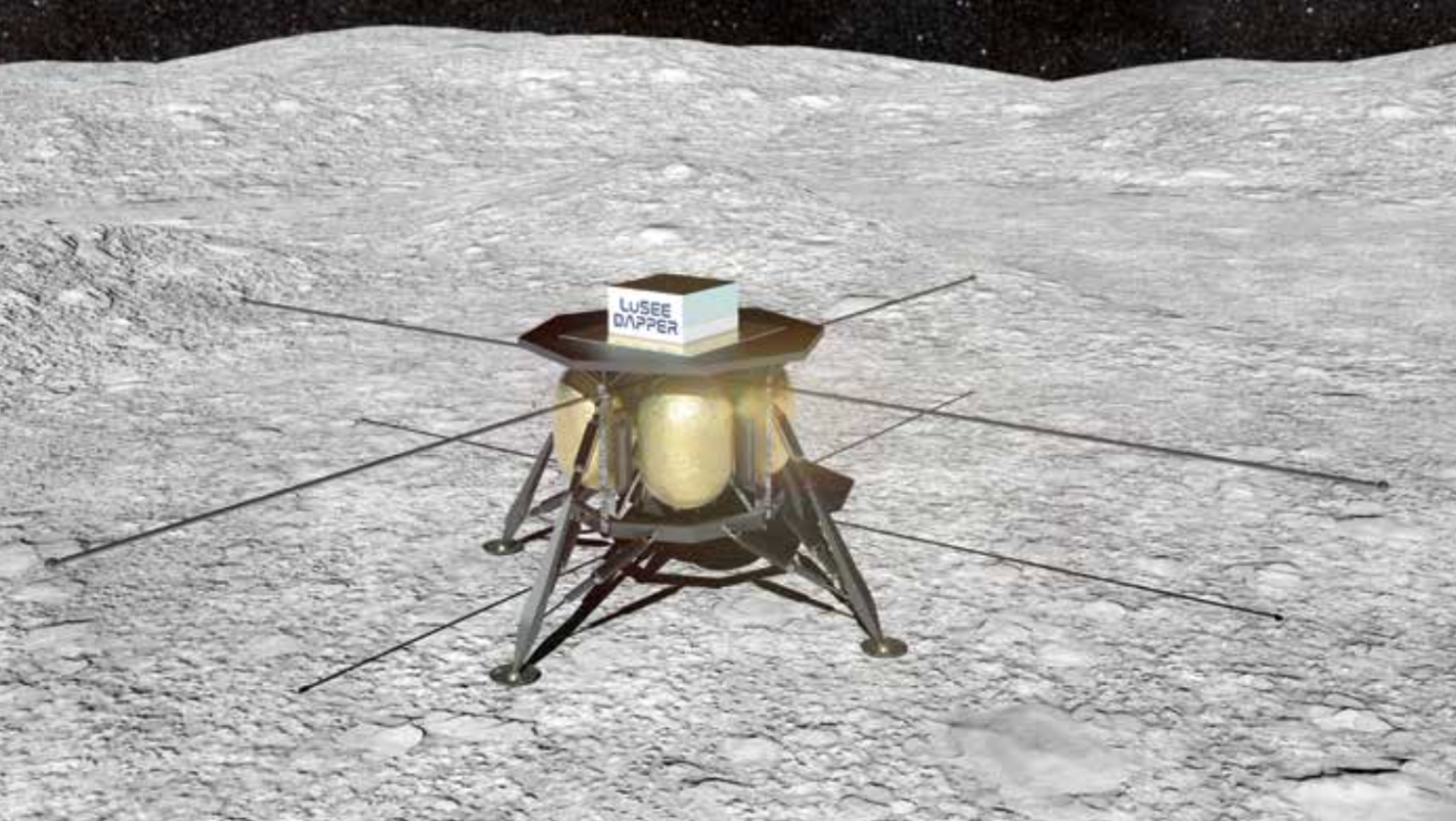The Lunar Frontier

From Sky & Telescope: Radio wavelengths give astronomers access to an unseen universe, from stellar flares to jets launched from supermassive black holes. But arguably, we have yet to take advantage of the best place in the inner solar system for low-frequency radio astronomy: the Moon.
The lunar farside always faces away from Earth and is thus radio-quiet, shielded by the Moon itself from radio-frequency interference coming from powerful Earth-based transmitters. The Moon also lacks a substantial ionosphere, whereas Earth’s ionosphere absorbs and refracts cosmic radio sources. Furthermore, the lunar environment is dry and stable, leading to steadier radio observations.
Radio astronomy from the Moon is not a new idea — astronomers proposed a lunar radio observatory at a science symposium in 1965, before Apollo 11. In a separate endeavor, NASA’s Radio Astronomy Explorer 2 orbited the Moon from 1973 to 1975, the first mission to gather radio data above the farside. It confirmed the radio-quiet environment and made low-frequency measurements of Jovian radio bursts and sources in the Milky Way. Read more...

